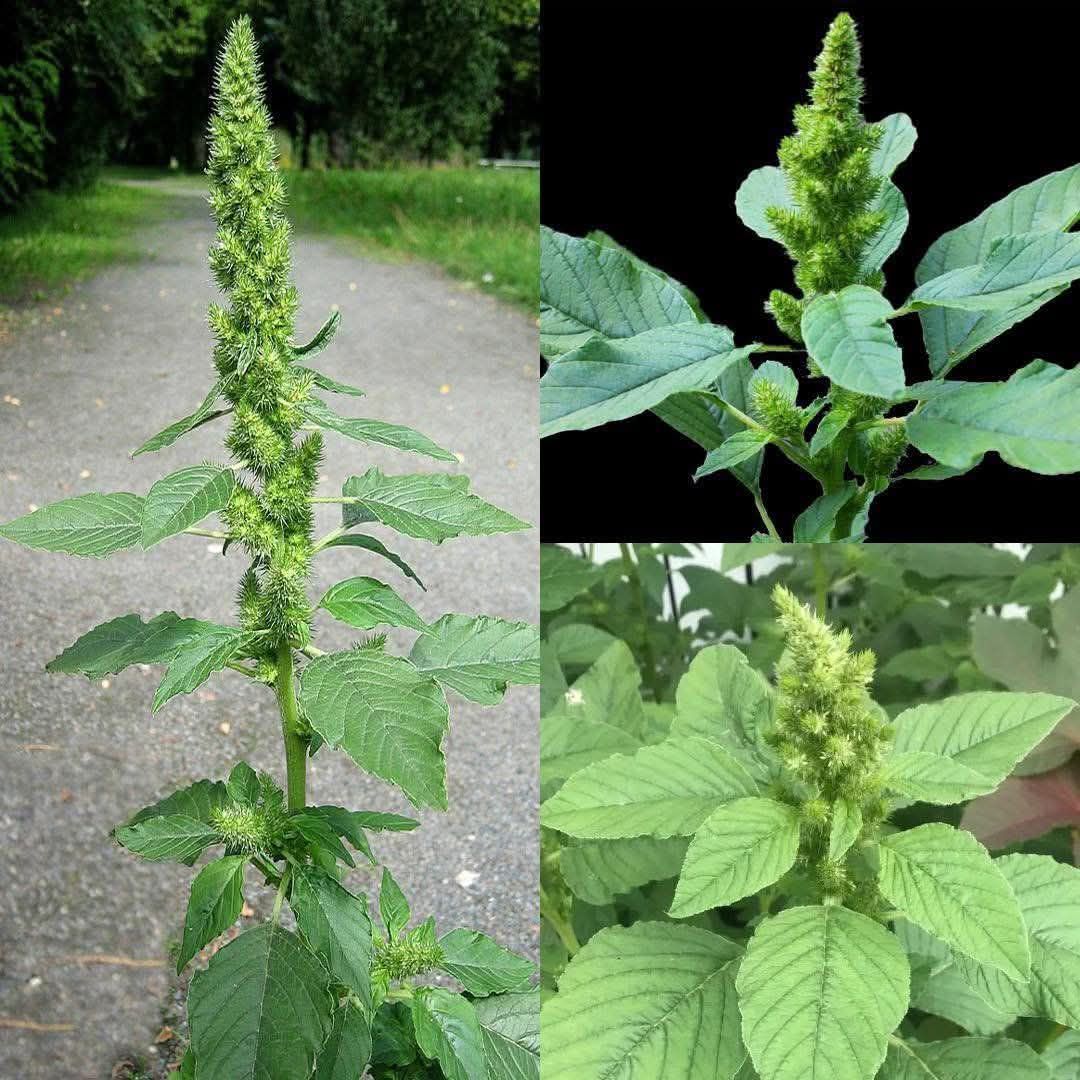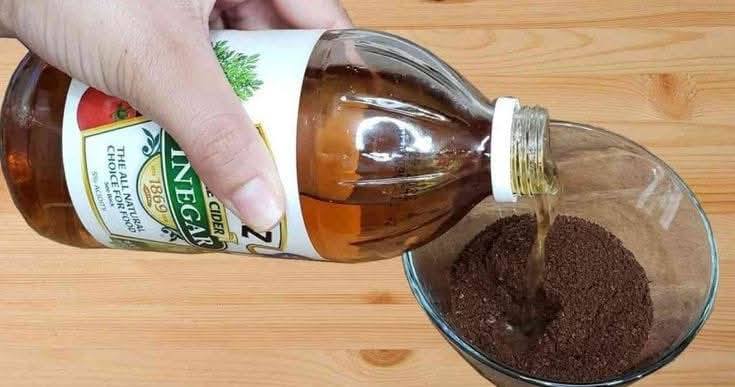In gardens and backyards around the world, a common yet often overlooked plant grows silently among other flora: pigweed. Known by several names, such as Amaranthus or redroot pigweed, this plant is often dismissed as an invasive weed that quickly takes over the garden. For most people, it’s just a nuisance they uproot and throw away without thinking twice. However, this unassuming plant, often tossed aside, has far more to offer than many realize. It’s a nutritional powerhouse with a variety of medicinal benefits that have been cherished by cultures around the globe for centuries. Let’s take a deeper dive into the many ways pigweed can be an incredibly valuable addition to your diet and even your medicinal cabinet.
What is Pigweed?
Pigweed is a fast-growing plant found in various regions, including North and South America, parts of Africa, and Asia. It thrives in disturbed soil, which is why it’s commonly found in gardens, fields, roadsides, and even abandoned lots. Characterized by spiny stems, broad, lance-shaped leaves, and often reddish-pink roots, pigweed may seem like just another weed. However, its history and versatility speak volumes about its true potential.
The plant, scientifically known as Amaranthus (a genus that includes other varieties such as quinoa), was highly valued by ancient civilizations like the Aztecs and the Incas, who recognized its nutritional benefits. While today it may be viewed as a weed in many parts of the world, it is, in fact, a wild edible and a superfood packed with essential nutrients that modern diets often lack.
Nutritional Powerhouse: Why Pigweed Deserves Your Attention
One of the most incredible things about pigweed is its nutrient profile. Though commonly discarded, it’s actually one of the most nutritious leafy greens you can find. Here’s a look at the reasons why you should think twice before throwing it away:
1. Rich in Protein
When people think of plant-based protein, they often turn to beans, lentils, or tofu. However, pigweed also boasts a significant amount of protein, including all the essential amino acids required by the human body. This makes it an excellent source of complete protein, especially for vegetarians and vegans who may struggle to find plant-based sources that provide all the amino acids they need. Additionally, the seeds of pigweed, known as amaranth, are considered a superfood because of their high protein content. Amaranth seeds have been used historically as a grain substitute, providing a gluten-free and nutrient-rich option.
2. Loaded with Vitamins and Minerals
Pigweed is a vitamin and mineral-rich green. It contains significant levels of vitamins A, C, and K, each of which plays a crucial role in maintaining good health. Vitamin A is vital for eye health and immune function, while vitamin C is essential for collagen production, wound healing, and boosting the immune system. Vitamin K plays a key role in bone health and clotting. Furthermore, pigweed is a great source of calcium, iron, and magnesium, which are vital for healthy bones, oxygen transport, and muscle function. The high iron content makes it particularly useful for people suffering from anemia or those needing an iron boost.
3. High in Fiber
Pigweed is rich in dietary fiber, an essential component of a healthy diet. The fiber content in pigweed helps improve digestion, prevent constipation, and promote regular bowel movements. Dietary fiber also helps regulate blood sugar levels, making it beneficial for people with diabetes. Moreover, fiber supports cardiovascular health by helping lower cholesterol levels and reducing the risk of heart disease. A fiber-rich diet is also linked to a lower risk of certain types of cancers, particularly colorectal cancer.
4. Antioxidant Properties
Like many dark leafy greens, pigweed is packed with antioxidants, which help combat oxidative stress in the body. Oxidative stress occurs when the body’s cells are damaged by free radicals, molecules that can contribute to aging and chronic diseases such as heart disease, diabetes, and cancer. The antioxidants found in pigweed—like flavonoids and carotenoids—play a role in neutralizing free radicals, thereby reducing the risk of these chronic conditions and promoting better overall health.
Medicinal Benefits of Pigweed
In addition to its impressive nutritional profile, pigweed has long been used in traditional medicine for its therapeutic properties. Across cultures, this plant has been employed to treat a variety of ailments, and modern research supports many of these uses. Here’s a closer look at some of the medicinal benefits of pigweed:
1. Anti-inflammatory Effects
Pigweed has natural anti-inflammatory properties that make it a useful plant for treating conditions like arthritis. The plant’s antioxidants and other bioactive compounds help reduce inflammation and provide relief from swelling and pain. This makes pigweed an excellent addition to the diet for people who suffer from inflammatory conditions.
2. Digestive Aid
Pigweed has mild laxative effects, making it beneficial for individuals who suffer from constipation. It helps stimulate the digestive system and promote regular bowel movements. Additionally, pigweed leaves can soothe the digestive tract, making them useful for treating conditions like stomachaches or indigestion. In some cultures, pigweed has also been used as a remedy for other digestive issues, including bloating and cramping.
3. Wound Healing
Pigweed has been traditionally used topically to treat a variety of skin conditions, including rashes, burns, cuts, and wounds. The plant contains antibacterial properties that help prevent infection, while its anti-inflammatory effects aid in reducing redness and swelling around wounds. If you find yourself with a minor burn or skin irritation, you can crush pigweed leaves and apply them to the affected area to promote faster healing.
4. Diuretic Properties
Pigweed is known to act as a natural diuretic, meaning it helps to promote the production of urine and support kidney function. This can aid in flushing out excess fluids and toxins from the body, which is important for maintaining good health. People who suffer from conditions like high blood pressure or kidney-related issues may benefit from incorporating pigweed into their diets. Additionally, diuretics can help reduce the risk of urinary tract infections by promoting frequent urination and preventing bacteria from lingering in the bladder.
How to Harvest and Use Pigweed
If you’re intrigued by the idea of adding pigweed to your diet, harvesting it is surprisingly easy. Pigweed can be found growing in many areas, including your own backyard. The best time to harvest the plant is when it is young and tender, as older leaves can become tough and bitter. Simply cut the young leaves off the plant and discard any stems or flowers. Make sure to wash the leaves thoroughly before cooking, as they may have dirt or insects clinging to them.
Once harvested, pigweed can be used in a variety of dishes. The tender young leaves can be sautéed, added to soups, or eaten raw in salads. The seeds can be harvested and used as a grain substitute, much like quinoa or rice. They can also be ground into flour and used in baking.
Pigweed Recipe Idea: Sautéed Pigweed
One of the simplest and most delicious ways to enjoy pigweed is by sautéing it with a little garlic and olive oil. Here’s a basic recipe to try:
Ingredients:
- 2 cups of young pigweed leaves
- 1 tablespoon olive oil
- 1 clove garlic (minced)
- Salt and pepper to taste
- Lemon juice (optional)
Instructions:
- Wash and chop the pigweed leaves.
- Heat the olive oil in a pan over medium heat.
- Add the minced garlic and sauté for 1-2 minutes until fragrant.
- Add the pigweed leaves and sauté for 3-4 minutes until they wilt.
- Season with salt and pepper, and add a dash of lemon juice if desired.
- Serve as a side dish or mix into grains like quinoa or rice for a complete meal.
A Word of Caution: Moderation is Key
While pigweed offers numerous health benefits, it should be consumed in moderation. The plant contains oxalates, which are naturally occurring substances found in many plants. When consumed in large amounts, oxalates can contribute to the formation of kidney stones, particularly in individuals who are predisposed to this condition. Cooking pigweed can help reduce the oxalate content, so it’s best to cook the leaves before eating them if you are concerned about oxalates.
Conclusion: Don’t Dismiss Pigweed!
In conclusion, pigweed may seem like just another annoying weed that grows in your garden, but it’s far from worthless. With its impressive nutritional benefits and medicinal properties, this humble plant is a hidden gem that deserves more recognition. Instead of tossing pigweed aside during your next garden cleanup, consider harvesting it and incorporating it into your meals. By doing so, you’ll not only be reducing waste, but you’ll also be giving your body a health boost with a plant that’s been valued for centuries. So next time you see pigweed sprouting in your backyard, think twice before pulling it up—it may just be the healthiest weed you ever encounter.





